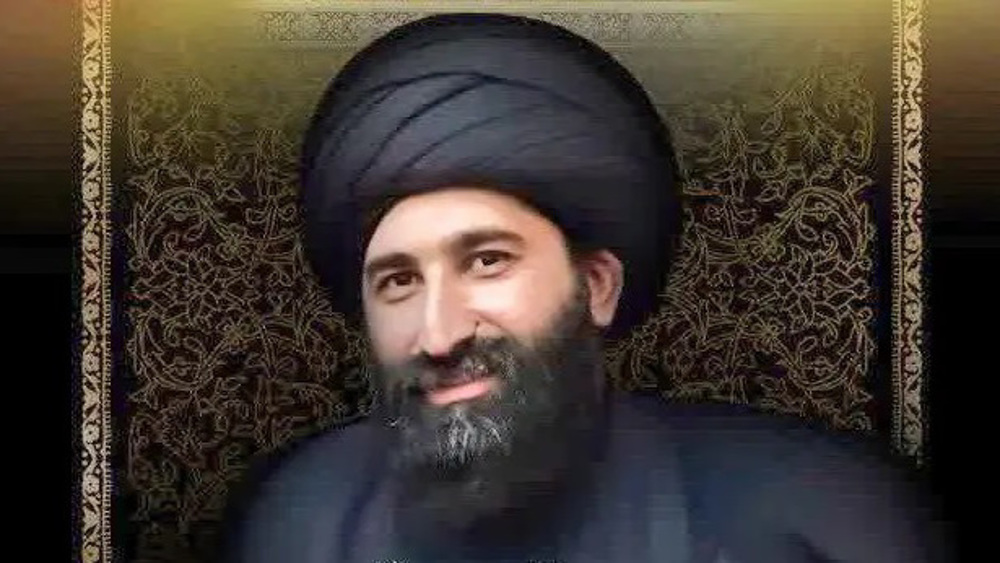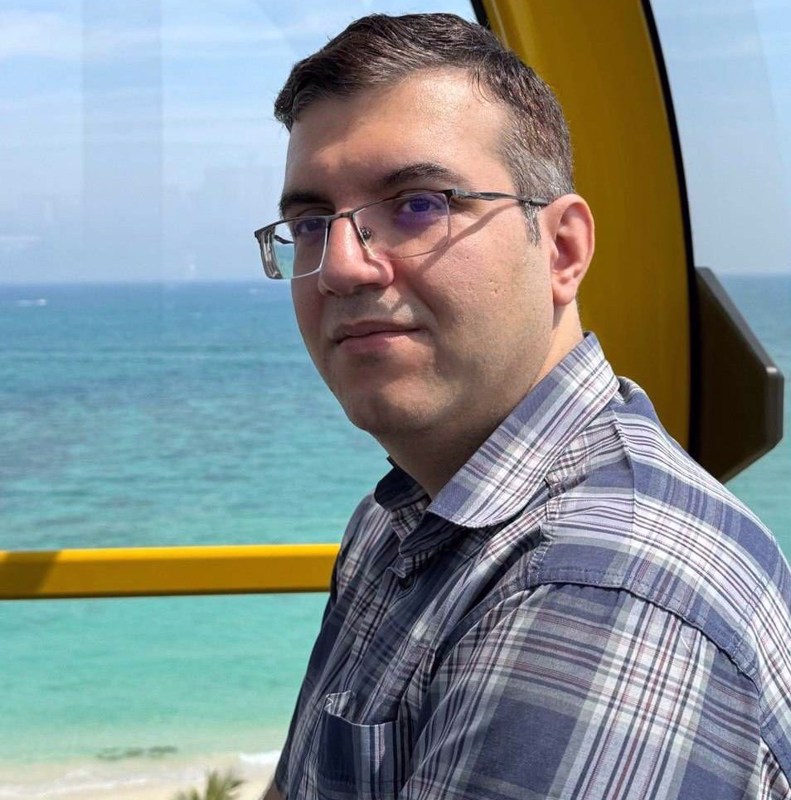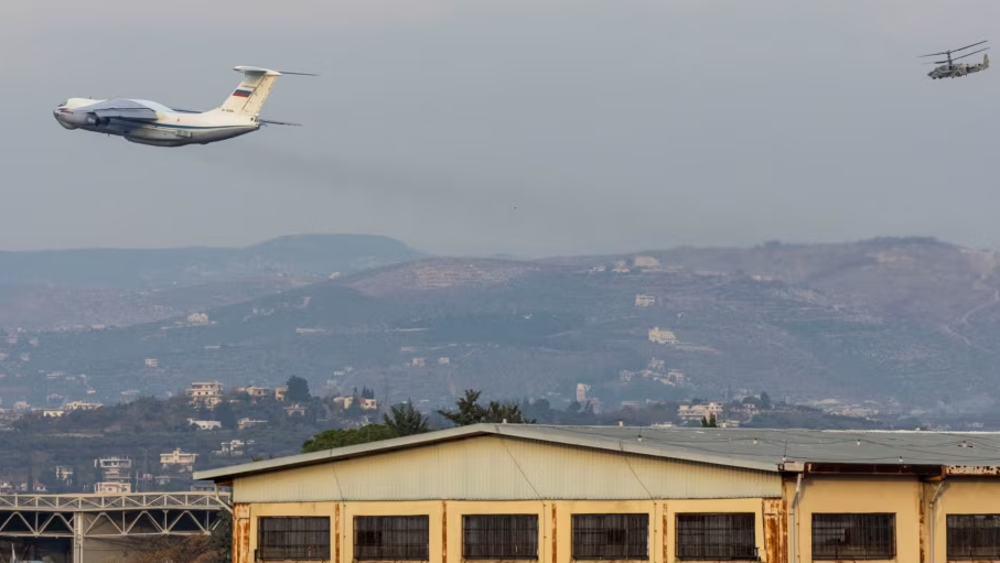Iran releases information on, photos of terrorists in Tehran attack
The Iranian Intelligence Ministry has released the names of and other information about the five Takfiri Daesh terrorists who carried out twin attacks in the Iranian capital city of Tehran on Wednesday.
The Intelligence Ministry on Thursday released a statement detailing information on the five terrorists and “affiliated nuclei,” whose full identities it said had been determined after intelligence work by the Ministry.
The statement only released the first names of the terrorists and said that their last names were being withheld due to “certain social and security considerations.”
On Wednesday, gunmen stormed Iran’s Parliament (Majlis) and the Mausoleum of the late founder of the Islamic Republic, Imam Khomeini, in two coordinated attacks. At least 17 people lost their lives and nearly 50 others were wounded in the assaults, which involved shootings and blasts. Daesh claimed responsibility for the attacks.
Read more:
According to the Intelligence Ministry’s Thursday statement, the individuals involved in carrying out the attacks were five elements with a history of past terrorist activities and linked to Wahhabi and Takfiri groups.
They were identified as Seriyas, Fereydoun, Qayyoum, Abu Jahad, and Ramin.
The statement said that the five had left Iran after being recruited by the Takfiri Daesh terrorist group and had participated in the group’s atrocities in the Iraqi city of Mosul and the Syrian city of Raqqah.
It said they had entered Iran in July-August 2016 under the command of “Abu Ayesheh” — a high-ranking commander with the Daesh terrorist group — and planned to carry out terror attacks in religious cities in Iran, but “had fled the country following the full obliteration of the network and blows [dealt] to the case’s main elements, including the killing of Abu Ayesheh.”

Wahhabi terrorist groups are closely associated with Saudi Arabia, where government-sanctioned clerics preach the strongly intolerant pseudo-ideology of Wahhabism.
Earlier on Thursday, Iranian Intelligence Minister Mahmoud Alavi said that it was still soon to judge whether Saudi Arabia had had a role in the attacks in Tehran.
He did say however that in the current month and in recent days, “we witnessed heavy pressure from terrorists, to the extent that we have been identifying and arresting two-member and three-member teams or single individuals every week.”
Earlier, in May, the Saudi defense minister, Mohammed bin Salman, had threatened in opaque remarks to move “the battle” to Iran.
In his earlier remarks, Alavi also said that the Intelligence Ministry had identified other individuals who helped the five terrorists stage the attacks.
While Iranian people have been mourning the victims of the terrorist attacks, there has also been a strengthened sense of unity among them.
Leader of the Islamic Revolution Ayatollah Seyyed Ali Khamenei said on Wednesday that the terror attacks in Tehran could not undermine the Iranian nation’s resolve in the face of threats.
Iranian President Hassan Rouhani also condemned the attacks as “cowardly,” stressing that the country would crush enemy plots through unity and solidarity.
The attacks also drew strong international condemnation, with many heads of states extending condolences to the Iranian nation and government.
Iran’s Islamic Revolution Guards Corps (IRGC) blamed the sponsors of the Takfiri Daesh for the attacks and pledged to retaliate.
The IRGC said the fact that the terrorist attacks had been carried out by Daesh just days after US President Donald Trump met with “the rulers of a regional reactionary regime,” which has been supporting Takfiri terrorists — a thinly-veiled reference to Saudi Arabia — indicated that “they have a hand in the bestial attacks.”
How 8-year-old Lebanese child Fawaz shattered Ben Gurion’s 76-year-old fallacy
VIDEO | 700,000 Cubans rally at US embassy in Havana against trade embargo
Iranian embassy staffer assassinated by terrorists in Damascus
VIDEO | Press TV's News Headlines
Scandalous detention of Iranians by US to extort information
VIDEO | Israeli forces open fire on Syrians protesting occupation
Ezzedine al Qassam: the man who inspired armed struggle against Israeli occupation
Yemeni army claims hypersonic missile attack on Tel Aviv










 This makes it easy to access the Press TV website
This makes it easy to access the Press TV website